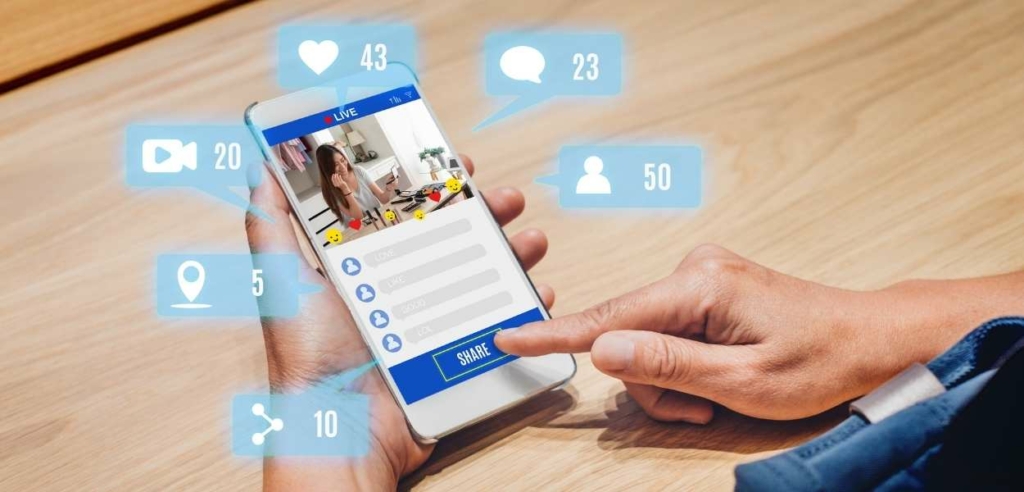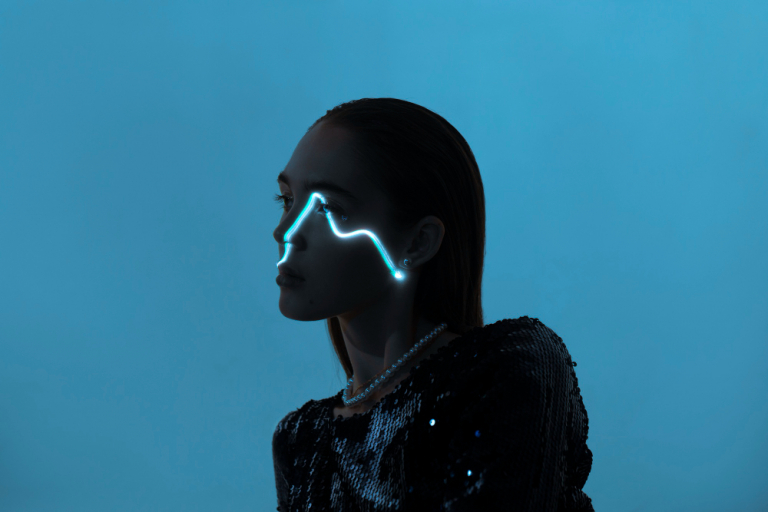Influencers have become the ultimate marketing tool. They have revolutionized the way we understand sales, and their hold on internet culture seems boundless. Nevertheless, they are not exempt from the changes that further digitization will bring. Indeed, with the advancing pace of the metaverse have come virtual influencers.
Virtual influencers are “digital character[s] created in computer graphics software, then given a personality defined by a first-person view of the world, and made accessible on media platforms for the sake of influence.”
The concept is very new, with the first prominent example—influencer Miquela Sousa – coming about in 2016. Yet it only seems to be growing in prominence, as 51 virtual influencers emerged in the 18 months before June 2020. Hence, we must ask ourselves: What to make of all of it? What opportunities might it bring? What could be the consequences of their evolution?
More Profitable And Thus Better
Infinite Control
Though a lot of virtual influencers claim to be controlled by artificial intelligence, most of them are actually controlled by humans. Hence, and perhaps obviously, they can be made to do literally anything. Virtual humans have no values. They have no personal, artistic vision. They have no goals. Therefore, they are not likely to turn down sponsorships if they don’t like the product.
It’s precisely the fact that they are fully controllable—a blank canvas—which makes them more profitable than flesh and bone influencers. They can promote anything their owner decides they should promote. And they are more likely to align with the sponsor’s point of view than a real human.
In fact, some fashion brands have come out with their very own virtual muses, such as Prada’s Candy. The brand’s new muse is a computer-generated model, that promotes Prada’s fragrance collection. In such cases, companies are able to control the virtual human in whichever way they want to. This makes them ideal when it comes to following very specific marketing strategies. There is no need to pay an actual human, so it’s even more profitable.
Infinite Possibilities
Furthermore, virtual influencers represent countless possibilities. They can be at multiple places at once, ensuring that they never miss important events. They can go anywhere in the world, whenever they want to. Most importantly, they can be anything their creators want them to be.
For instance, Invisible Universe manages multiple different non-human influencers, targeted to children. Each has amassed a substantial following due to its ties to a real-life celebrity, such as Serena Williams. The company hopes it will become the Disney of the Internet.
Then there are those that are not virtual influencers, but rather influencers made virtual. Justin Bieber—or rather his virtual alter ego—recently performed for a live audience on Wave, a virtual entertainment platform. Angelababy made an appearance at Dior’s Pre-Fall 2021 show, only it was as her virtual self. While such virtual doubles might not be sustainable, they are good at pulling attention towards brands that use them.
Nevertheless, as with everything in life, not all is rosy when it comes to virtual influencers.
With Possibilities Come Issues
A world run by companies
There is no denying that companies play a huge role in our lives. We live, after all, in the era of neoliberalism. The ideology gives great freedom to the private sector, redefining citizens as consumers. Naturally, then, brands’ decisions affect us in ways we might not even realize.
Perhaps similarly, influencers shape our habits of consumption. Their authenticity has always been questionable because of the economic incentive they have to promote products they might not enjoy. However, when it comes to virtual influencers, it’s even worse.
Sure, they might “stand” for veganism if their creators want to spice up their storyline. They might only promote vegan products, then. But without any skin to rub moisturizer onto and body to put clothes on, it’s obvious what’s behind their sponsorships. Financial motivation. Money and nothing else, quite literally.
The rise of the virtual influencer will hence lead us to acquire tastes that will respond to existing products. Brands will have the biggest influences on us, which is deeply worrying. What will we be, then, if nothing more than shopping machines?
Beauty Standards
Unrealistic beauty standards are famously dangerous. Influencers play a big part in that, as they are usually close to the ideal.
Consider now, the effects that virtual humans literally crafted to look perfect might have. Human beauty has a limit. Digital beauty does not. Virtual influencers are very likely to not only reproduce but also worsen beauty standards.
Of course, considering the importance of relatability in marketing, some creators have tried to include some flaws in their made-up humans. Angie, a Chinese virtual influencer, is made to look imperfect, with bumpy skin and acne scars. Nonetheless, her look is still far from realistic.
Are They Taking Our Jobs?
Naturally, the more virtual influencers there are, the less real ones there will be. This is worrying in terms of job security. The rise of black, virtual model Shudu means fewer jobs for real, black models. As the fashion world already saves little room for black women, this is more than problematic.
Still, virtual humans might create more job opportunities than they might eliminate. Indeed, they need writers to craft their storylines, stylists to dress them, and digital artists to create them. Furthermore, real influencers might never go out of style, especially with how important authenticity is becoming.
So What to Do?
All and all, not all is good and not all is bad. What we cannot deny is that change is happening. We cannot fight it. So we might as well seek opportunities in what is new. See how we can take advantage of it. But it’s important to call out what is wrong. Call for regulations. Call out for a better way to do things.
Like this article? Check out the ways in which virtual reality will change the fashion industry!






